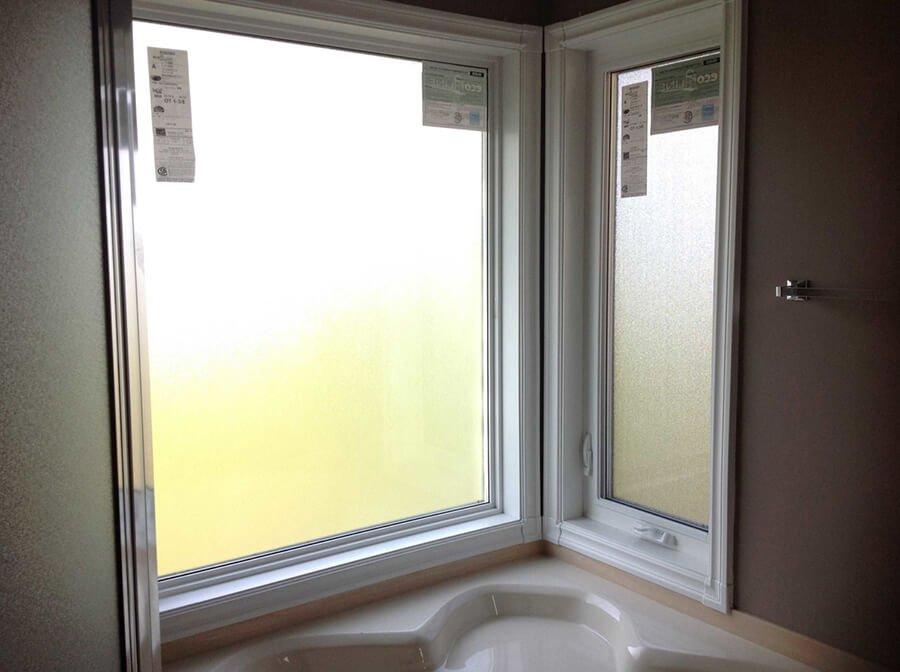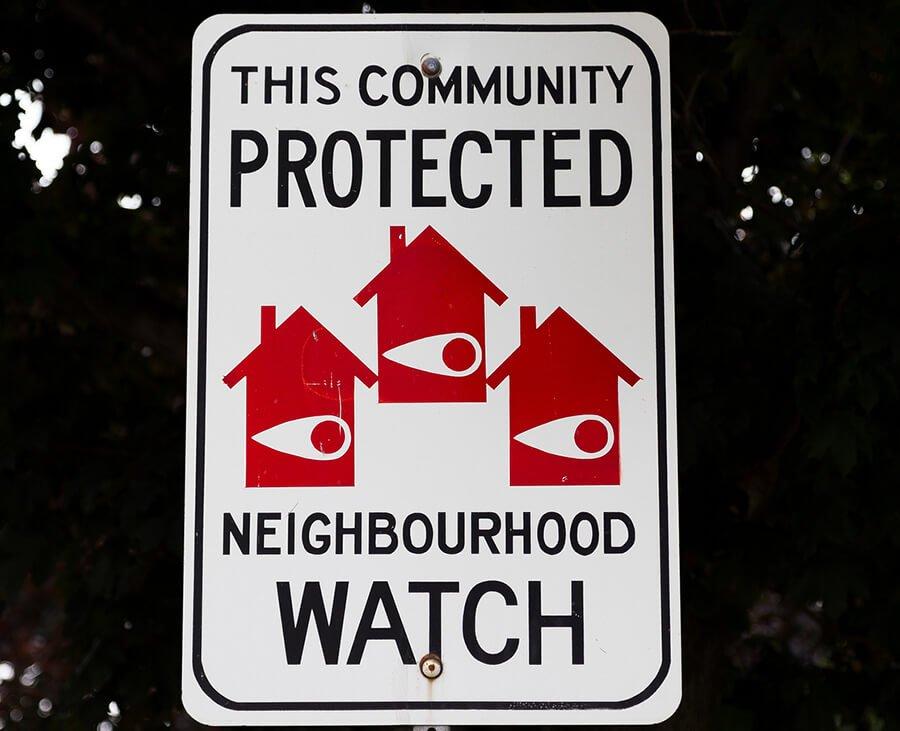While home invasions across Canada have decreased over the last two years, if your home is one that a burglar has targeted, those statistics will be one too many.
The emotional impact a break-in can have on you and your family can take years to overcome. The feeling of violation when someone enters your home in an attempt to steal, vandalize or destroy your personal property can be devastating. Then add the cost of replacing lost items, or worse yet, being unable to replace sentimental or prized possessions, and the trauma can be significant.
To better protect its citizens, law enforcement agencies often work with reformed criminals to understand their motivation and process. Recent interviews with burglars have detailed what they look for when casing out a home—what makes it an easy mark and what are deterrents.
The Signs Burglars Pay Attention To

There are some seemingly innocent things that you may not think of when you’re planning a trip away from home but that a burglar will be very excited to see.
Just imagine: You’ve got the airline and hotel reservations made, you’ve packed your bags, and are excited to get away for a few days. Here are some things burglars look for when targeting a home:
- Mail and newspapers are piling up — make sure to stop the mail and paper or have someone pick it up daily.
- Trash cans left at the curb early or all week — this is a tell-tale sign no one will be home for awhile. Ask your neighbour to take it out for you or wait until you get home.
- A totally dark house or an outside light that is on during the day (every day) — it’s wise to invest in some timers to turn the lights on and off in different rooms and at different times of the day.
- The grass hasn’t been cut in warm months or the yard is unplowed during winter — it’s easy to see that no one has been home for awhile, so make arrangements for someone to care for the yard while you’re gone.
- Share your plans on social media — you may want to share your excitement with all 1,000 friends you have, but burglars continually monitor these sites to find their next target.
Even if you’re not heading out of town for vacation, you can’t be home 24/7. You might be surprised to learn that burglars prefer to rob homes in the early morning or afternoon. The ideal times are between 12:30 and 2:30 p.m. when the homeowners are away at work or school.
Experienced burglars spend weeks driving through neighbourhoods looking for just the right place to rob. They’re generally looking for an easy score where they can get the most money, jewelry, prescription drugs, or electronics with the least difficulty.
Dont’s: Common Mistakes Making Your Home Prone to Burglary

While you may take pride in your well-kept home with the manicured lawn and expensive fence, you should understand that your home may be in the crosshairs for a break-in. Don’t make it easy to become a victim. These are the common mistakes that you really don’t want to make:
- Don’t leave your garage door open — burglars love taking inventory of all the nice things you keep in there.
- Don’t leave tons of toys outside — if your kids have a lot of great things outside, they’ll definitely have a lot inside too.
- Don’t leave a ladder outside that can reach the second floor — it may be convenient for you, but it’ll also be easy for a burglar to get in too.
- Don’t leave an extra key under the front mat — you know that’ll be the first place they’ll look.
- Don’t leave a pet door unsecured — use a remote sensor collar to open and close the door, otherwise, it’s easy access for a small criminal to enter your home.
- Don’t let trees and shrubs completely block your home from the street — you may value your privacy, but a burglar will be able to do whatever he wants if no one can see what’s happening behind the greenery.
- Don’t put a window air conditioner on the first floor — even if the unit is screwed in, this can be an easy entry point.
- Don’t leave first-floor windows open when you’re not home or at night — this is an open invitation for a burglar to come in.
Do’s: More Ways to Prevent Break-Ins
So what can you do to prevent a break-in? Most burglars agree that there are some things that when they see a home with these features, they move onto the next home in search of something easier:

Monitored Security System With Cameras — a wireless system is best so the phone line can’t be cut. Make sure to include window and door sensors or glass breakage. Be sure to pay for monitoring so the police are notified of a break-in. An outside siren is also important to alert neighbours and the police when they answer the call. Make sure you affix security labels to windows and doors and place a sign near the front door. Most of all, make sure you arm the system every time you leave the house. It won’t do any good if it’s not working. New systems include a smartphone app that allows you to monitor your home when you’re away; that way you can alert police if anything suspicious occurs.
Answer the Door — the majority of burglars will want to be sure the home is empty and will knock on the front door to see if anyone answers. While you may not want to bother with solicitors, hiding from a burglar may bring to face-to-face anyway. Instead, call through the door that you’re busy or not interested so your presence is known. There’s also a new high-tech camera doorbell available that allows you to see who’s at the front door and answer through a speaker on a smartphone app—the perfect burglar deterrent.
Deadbolts/Secure Door Frames — if you’re not home and therefore, no one answers, a strong deadbolt and heavy-duty frame will provide excellent security from easy entry. You won’t get in by slipping a credit card between the latch and frame, and today’s deadbolts are tamper resistant too.

Privacy Glass for Windows and Doors — it’s beautiful to view the world through un-obscured windows. Unfortunately, if you can see out, burglars can see in. Install tinted or patterned privacy glass at front entry doors and sidelites, bathroom windows, and other first-floor glass to block a clear view inside.

Double-Pane Windows — burglars don’t want to call attention to themselves so they’ll do everything they can to enter your home silently. While breaking a window to get in sounds like a great idea, double- and triple-pane windows are actually quite loud when broken. Replacement window with an extra pane of glass will deter robbers and lower your utility bills at the same time.

New Technology — you’re likely already aware of apps that turn lights on and off, lock and unlock your doors, and allow you to see who’s at the door with cameras. Soon there will be an app/projector program, Man on the Curtain, that displays a silhouette of a man doing a variety of activities to give the appearance that someone is home. This is a great idea for anyone living alone or travels frequently.
Watch Dog — want a pet? Get a big dog with a loud bark to provide the best deterrent against break-ins. Allergic or just don’t want a dog? Then buy yourself a “Beware of Dog” sign and prominently display it. Burglars will have no idea if you have a dog or not and will likely move on.

Neighbourhood Watch — you may not be happy with your nosy neighbours, but you might want to reconsider. Burglars detest those neighbourhoods where everyone watches out for each other and reports anyone or anything suspicious to the authorities. If your community doesn’t have one, you might want to start one to keep everyone safe from harm.
Conclusion
Experienced burglars typically spend between five and seven minutes robbing a home, that means they need to get in and out quickly and quietly. They spend a lot of time searching for easy targets that will yield the best rewards, so you’ll want to make sure your home has “no curb appeal” for burglars. By following the lists of “Do’s and Don’ts,” your home will be among the most undesirable ones on the block to the “bad guys” and the safest one for you and your family.

